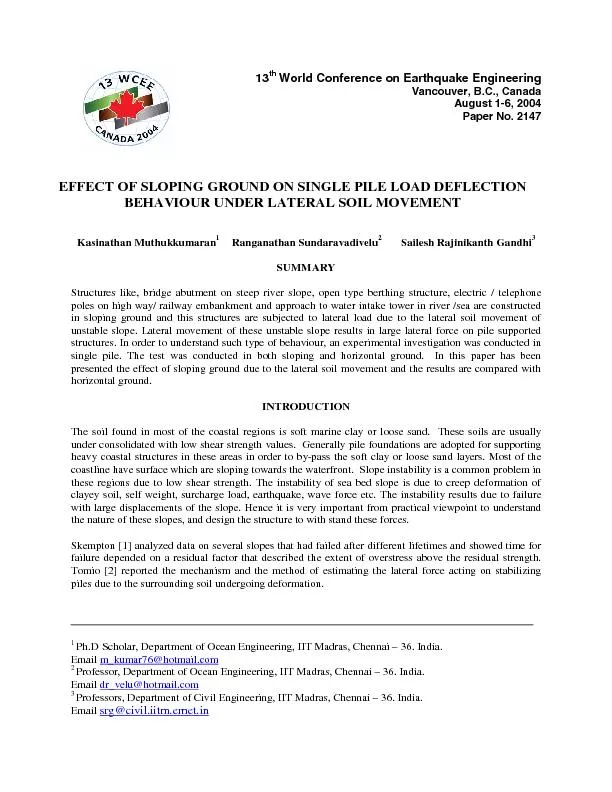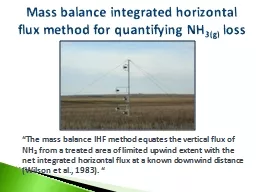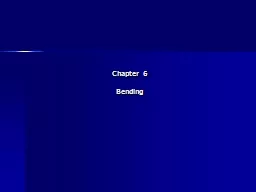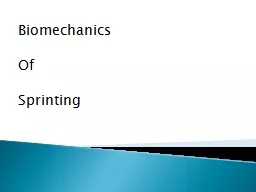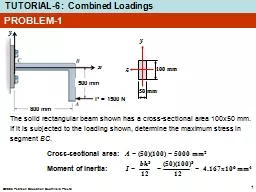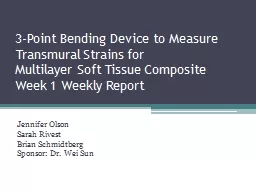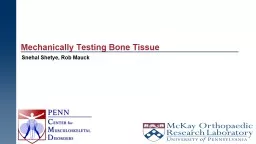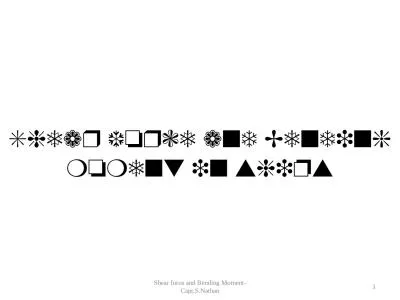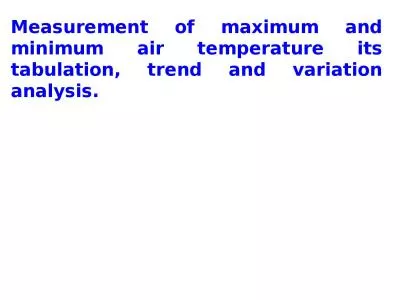PDF-Fig. 5b shows the maximum bending moment variation in horizontal groun
Author : faustina-dinatale | Published Date : 2016-08-03
050010001500Maximum Bending Moment NmmSurcharge LoadkN 30 Relative Density 45 Relative Density 70 Relative DensityFig5a Surcharge Load Vs Maximum Bending Moment
Presentation Embed Code
Download Presentation
Download Presentation The PPT/PDF document "Fig. 5b shows the maximum bending moment..." is the property of its rightful owner. Permission is granted to download and print the materials on this website for personal, non-commercial use only, and to display it on your personal computer provided you do not modify the materials and that you retain all copyright notices contained in the materials. By downloading content from our website, you accept the terms of this agreement.
Fig. 5b shows the maximum bending moment variation in horizontal groun: Transcript
Download Rules Of Document
"Fig. 5b shows the maximum bending moment variation in horizontal groun"The content belongs to its owner. You may download and print it for personal use, without modification, and keep all copyright notices. By downloading, you agree to these terms.
Related Documents

